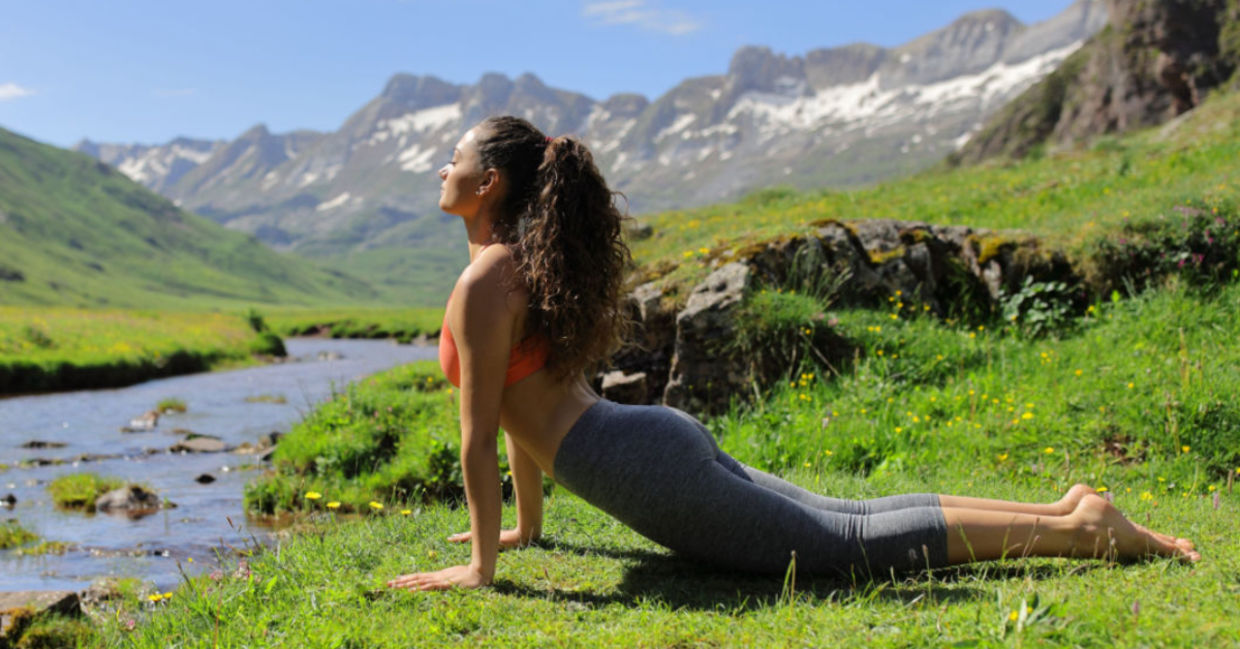
(Antonio Guillem / Shutterstock.com)
You can achieve a grounding effect within yourself by practicing yoga, which promotes physical, mental, and spiritual health. Following a series of grounding yoga poses creates space for healing on all levels by embracing that mind-body connection.
Through each movement and breath, you can silence the mind, drop into the body, connect with your roots and invite balance back into your life. Check out these five grounding yoga poses.
Easy pose - Sukhasana
What better way to begin a grounding yoga practice than Sukhasana, also known as easy pose? By physically lowering yourself down onto the ground, Pranayama explains that you connect with the earth beneath you and create space to become present with your breath.
While on your yoga mat, with your legs crossed and your spine elongated, you’re invited to embrace the beauty of silence as you enter a meditative state. The easy pose presents a grounding posture that encourages the dance between the breath and the body. When exploring the mind-body connection, you can allow the breath to guide you leading you to activate the parasympathetic nervous system to lower cortisol and reduce stress, according to a study published in Stress Health.
So take a moment to relax into this pose and focus on deep belly breathing to ground your mind and body as you enter a state of relaxation.
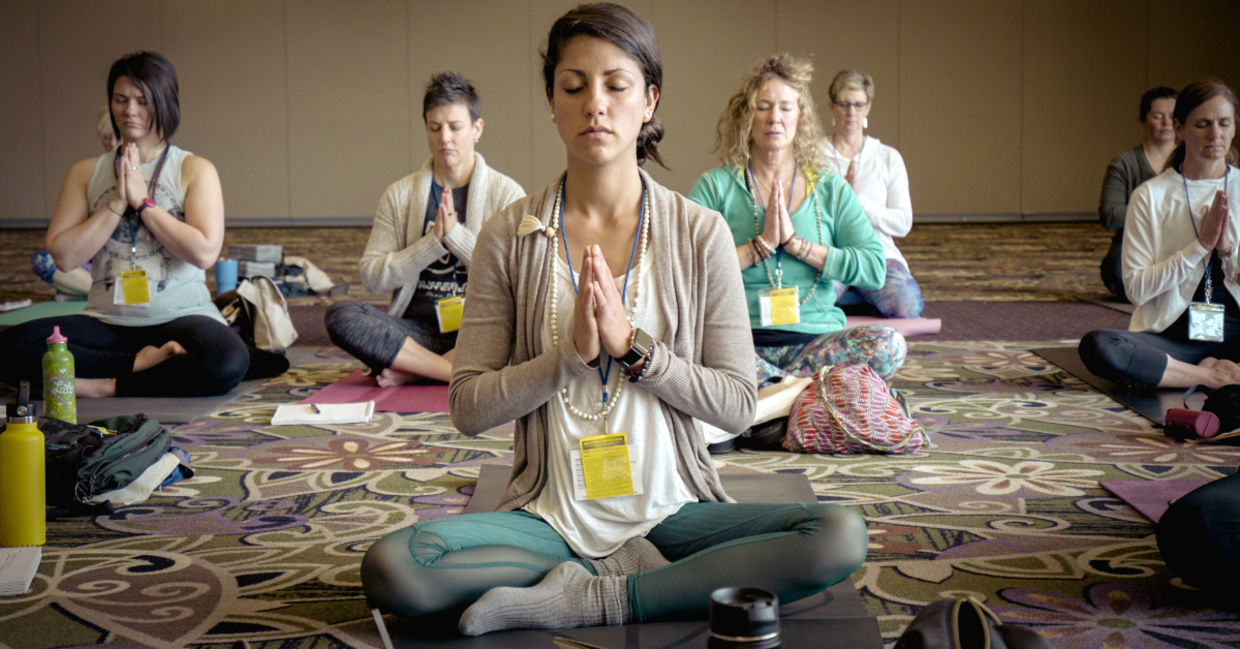
(Photo by Erik Brolin on Unsplash)
Mountain Pose -Tadasana
As the basis of all yoga practices, the mountain pose invites you to become centered as you move through your yoga flow, according to Tint Yoga. with your feet rooted deeply to the ground beneath, your body can naturally stand tall as your head holds high. Raise your arms up for a deep inhale before allowing them to drop down by each side, palms open. As you stand here, practice releasing any areas where you may be holding tension and allow yourself relax.
When you take the time to consciously ground, you are healing your body as this practice may decrease pain, change the number of circulating neutrophils and lymphocytes, and affect inflammation-related circulating chemical factors, according to a study published in the Journal of Inflammation.
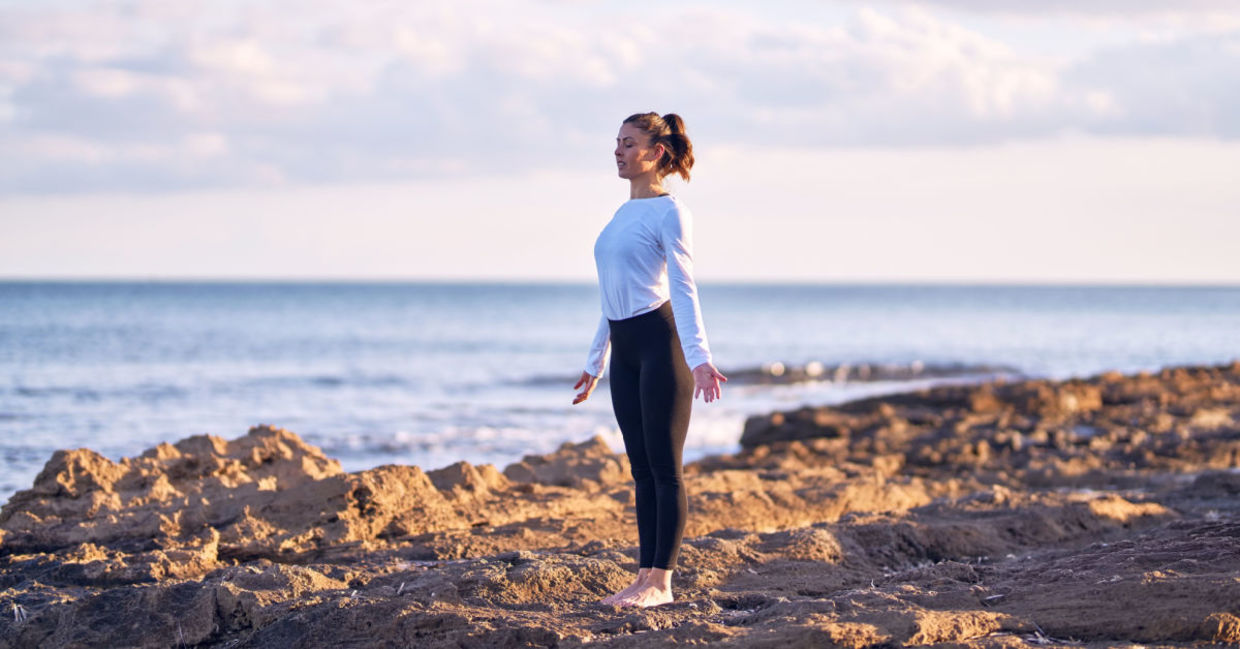
(Krakenimages.com / Shutterstock.com)
Warrior II - Virabhadrasana II
The Warriors II pose strengthens, grounds, widens, and lengthens simultaneously, according to Yoga Journal. It is an excellent addition to any yoga practice.
To enter the Virabhadrasana II pose, step your left foot back with your left toes pointing toward the edge of the mat and your right foot forward with your toes pointing forwards toward the top of the mat. As you draw your energy up from your feet through the center of your body, slowly sink into your right leg and settle into Warrior II with your feet grounded onto your mat beneath you. Allow your arms to follow by reaching them up horizontally, aligned with your body and palms facing down.
From this place, you can shut down your mind and embrace the stability of the ground beneath you.
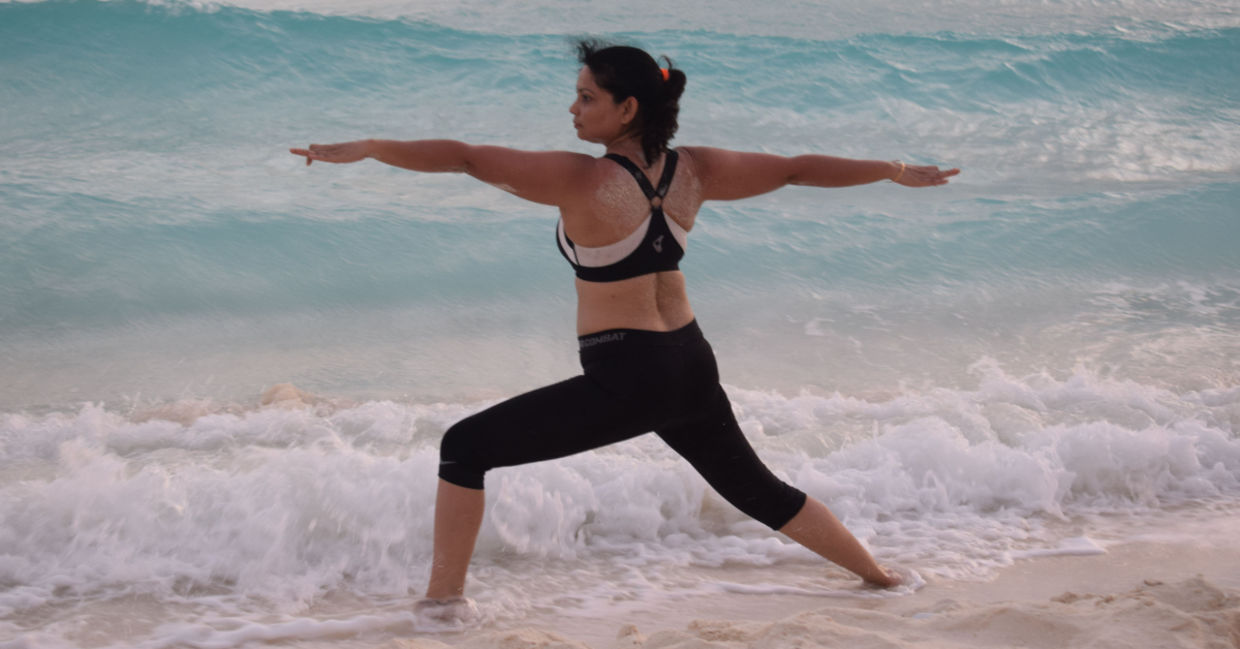
(Photo by Anubha Walia on Unsplash)
Upward Facing Dog - Urdhva Mukha Svanasana
The Upward Facing Dog can be highly beneficial for those who sit at a desk all day or inside an office as it invites you to come away from your daily posture and realign the body, according to Verywell Fit.
You will need to come fully down onto your mat for this pose. As you lay flat on your stomach, place your arms on either side of your chest and use your strength to lift the upper body slightly off the mat. As you push through your mat, you are grounding through each finger and opening up the heart center to ignite loving energy. You can stay here for a few breaths before gently lowering back down to your mat to rest and repeat as often as desired.
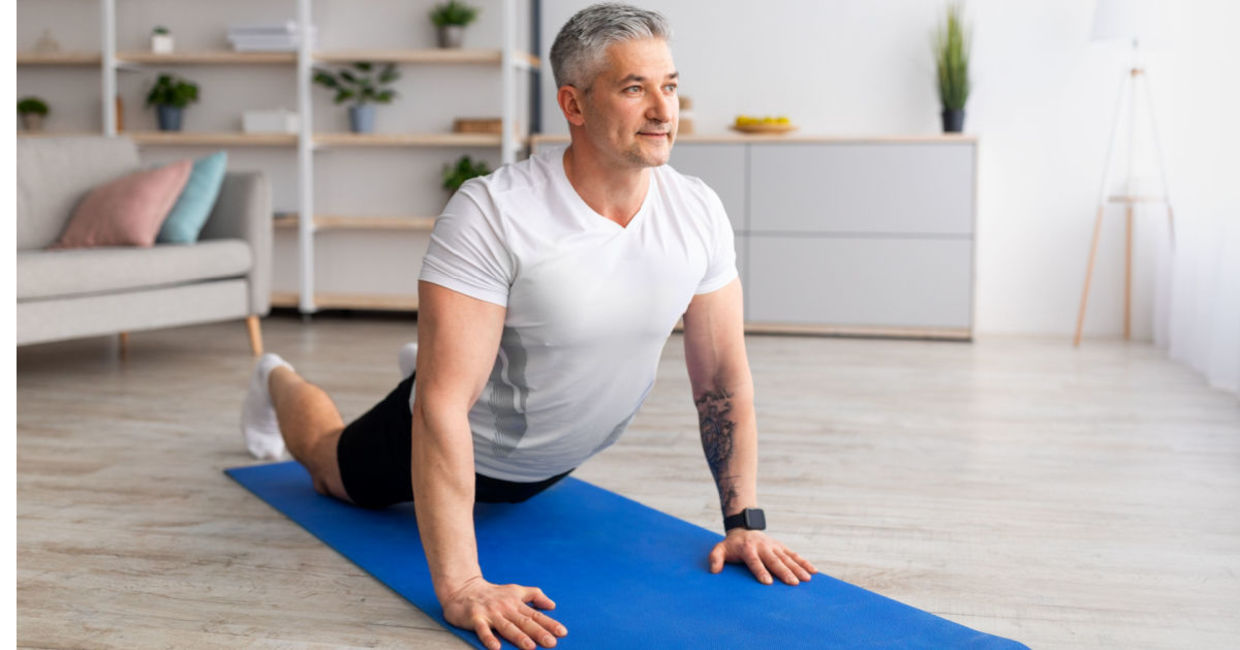
(Prostock-studio / Shutterstock.com)
Pigeon Pose - Kapotasana
The Pigeon pose is not only grounding due to its physical benefits from connecting with the ground but also its emotional grounding aspects, according to The Studio website. This pose invites you to release anything you are holding onto that no longer serves you as you release stagnant energy.
To enter the poser, begin on all fours with your hands on the mat. From there, you can take your right knee to align with your wrist and have your left leg extended behind you. As you lift your upper body tall, your lower body stays connected with the mat so you use this for support.
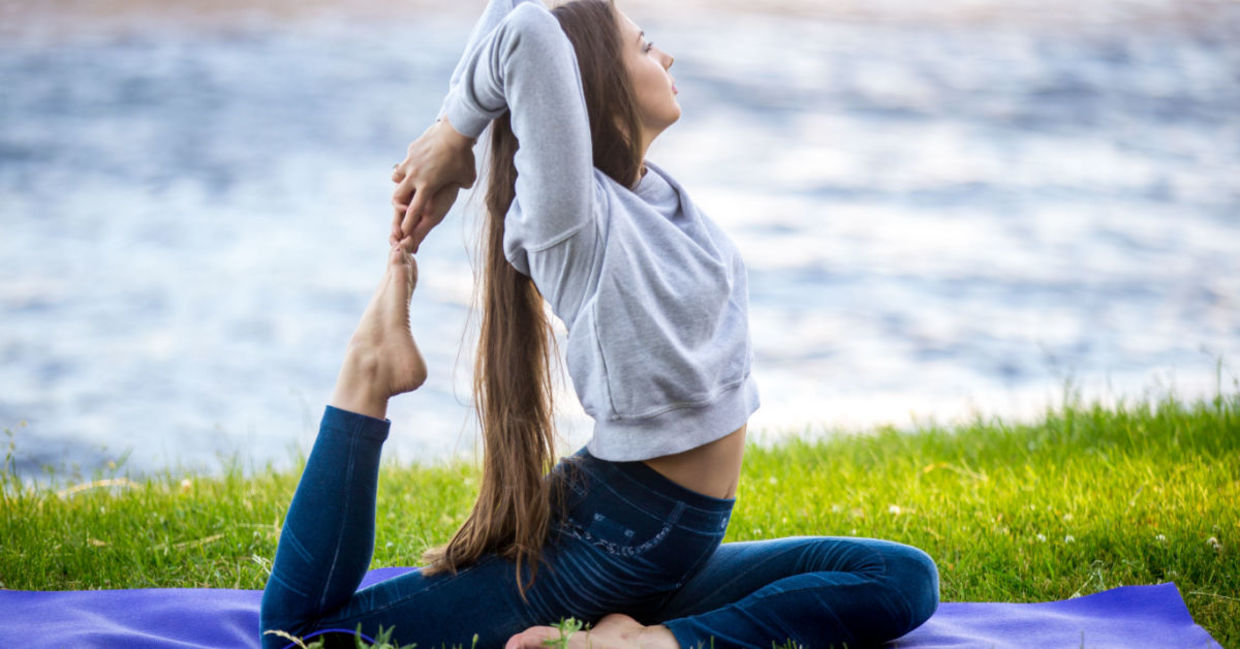
(fizkes / Shutterstock.com)







